
Understanding Web2 and Web3 Games and What Sets Them Apart
Author

Author

To say “Gaming has come a long way” would be quite the understatement. Gaming has evolved from basic arcade machines to rich online worlds where millions of people play every day. But a new shift is on its way. One that’s not just about better graphics or faster servers, like you’d expect. This shift is about ownership, identity, and value. Enter the world of Web2 and Web3 games.
Web2 games have dominated the scene for years, providing immersive gameplay and massive communities. Web3 games, however, are rewriting the rules and giving players true control over their in-game assets and even a stake in the worlds they help build. But what exactly does each entail, and what criteria sets these two generations of games apart?
Let’s break it down
Web2 gaming is the model we’ve grown familiar with over the past two decades. It’s the world of Fortnite, League of Legends, Call of Duty, and Grand Theft Auto. These games are polished, massively multiplayer, and monetized through ads, in-game purchases, or subscriptions. However, everything in Web2 gaming exists within a walled garden.
In Web2, you might spend hundreds of dollars on skins, weapons, or characters, but they aren’t really yours. They’re locked into that specific game or platform.
Web2 gaming also thrives on centralized control. While this allows for polished, cohesive experiences, it also limits player agency. For example, if a developer decides to shut down a game’s servers, as we’ve seen with titles like Club Penguin or Paragon, entire player investments and communities can vanish overnight. This lack of permanence and portability is one of the key issues Web3 seeks to address.
Blockchain Web3 gaming introduces a fundamentally different approach. Rather than central platforms owning every asset, Web3 games give players control through blockchain technology. Items, achievements, and even characters can be minted as NFTs (non-fungible tokens) or represented as on-chain assets.
For example, in the Web3 game “Illuvium,” players can own, trade, and use their in-game creatures across different platforms. Unlike Web2, the blockchain guarantees ownership. This creates new earning models like Play to Earn Web3 games, where users earn tokens or NFTs simply by playing.
Web3 gaming also fosters a strong sense of community and player empowerment by integrating decentralized governance models. Many Web3 games allow players to participate in decision-making processes through token-based voting systems, giving them a real voice in the game’s development and future updates.
This level of involvement enhances player engagement and creates a shared ownership experience that is largely absent in traditional Web2 gaming.
Web2 and Web3 games represent two very different approaches to gaming. Understanding their key differences helps reveal why Web3 is creating so much excitement and what it means for players and developers alike.
According to a report by DappRadar, the blockchain gaming industry attracted over 1.15 million daily unique active wallets in early 2023. At the same time, International video game revenue was over $142B in 2022, yet most of those purchases couldn’t be resold, transferred, or truly owned by the buyers.
This disconnect between massive spending and lack of player ownership is fueling interest in Web3 gaming. As more gamers become aware of the potential to actually own, trade, and profit from their in-game assets, Web3 adoption continues to rise.
Moving from Web2 to Web3 gaming isn’t only about adding NFTs, like many would think. It’s also about restructuring how games are built and played. Developers must now consider decentralized infrastructures, smart contracts, and governance that’s community-led.
This is where platforms like LYNC come in. Lync simplifies Web3 onboarding by allowing users to log in using familiar Web2 methods like Gmail or Twitter..
For developers, integrating Lync means fewer headaches around wallet management and more time building quality and engaging gameplay.
Web3 dApps in gaming open new monetization models. So instead of relying solely on microtransactions, the devs can earn a share from peer-to-peer asset trades. It also allows for community-driven game development where fans can vote on updates or storylines.
For gamers, the perks of Web3 games are even bigger: actual ownership, passive earnings, and the ability to carry digital identities across games. Imagine leveling up a character in one game and bringing their skills and items into another. That’s the promise of Web3.
While still in its early days, the Web3 gaming industry is gathering momentum. Giants like Ubisoft and Square Enix have dipped their toes into blockchain-based games. We’ll likely see more AAA studios adopting decentralized models as tools become more developer-friendly and regulations get clearer.
Understanding Web2 and Web3 games is essential to grasp where gaming is headed. Web2 offered a social, expansive, and immersive leap forward, but Web3 promises to add something more: value, ownership, and long-term agency.
Whether you’re a gamer, a developer, or someone curious about the next evolution of digital interaction, now’s the time to explore how Web3 is reshaping the world of play. The future isn’t just about playing games, it’s about owning your experience.
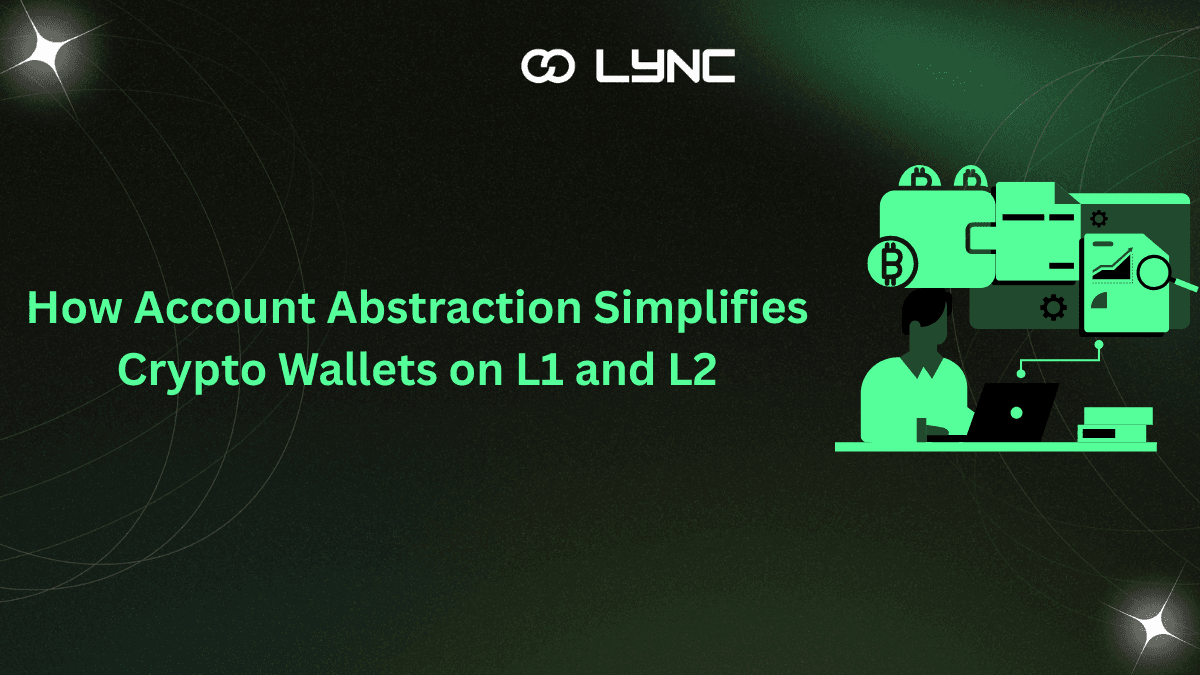
July 28, 2025
Crypto wallets have long felt like those remote controls with 50 buttons, but you only know what five of them do. While the tech-savvy might enjoy the complexity, most everyday users just want to send, receive, and store crypto without...
Author
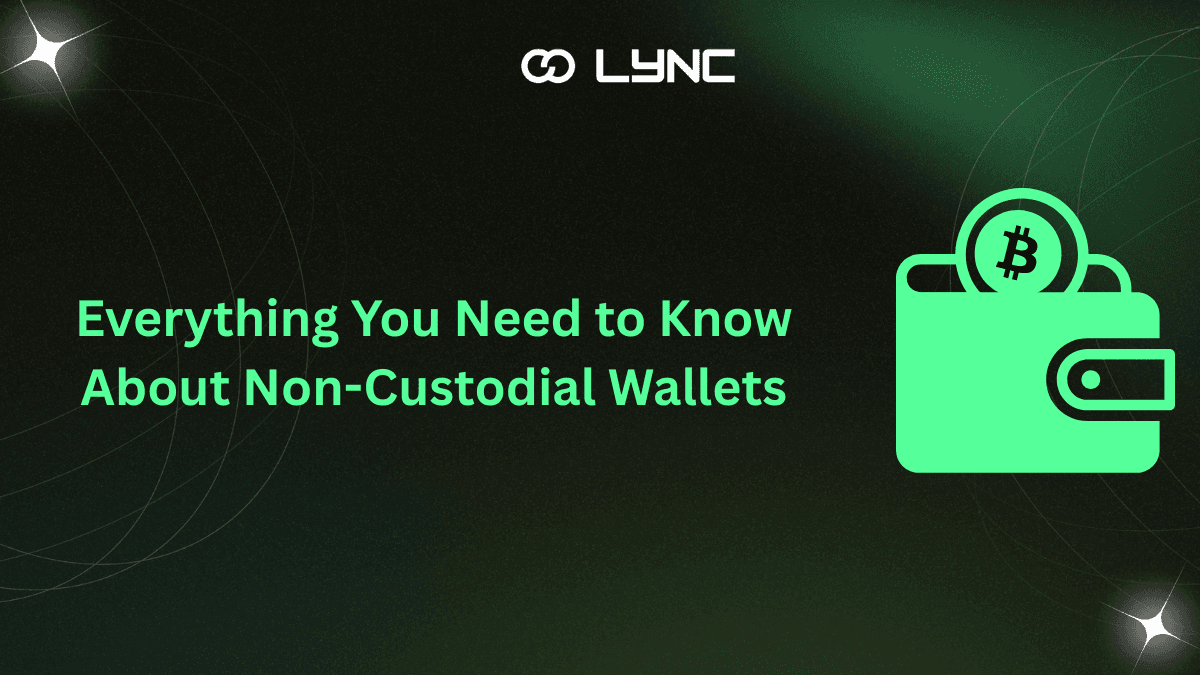
July 25, 2025
Web3 is all about putting control back in your hands and non-custodial wallets are a great place to start. These special wallets give you full control over your digital assets, without relying on banks, exchanges, or middlemen. If you’ve heard...
Author

July 24, 2025
As Web3 continues to evolve, blockchain networks like Aptos are gaining momentum for their speed, scalability, and developer-friendly design. Yet one major hurdle still stands in the way of mass adoption: gas fees. Whether you’re minting an NFT, sending tokens...
Author
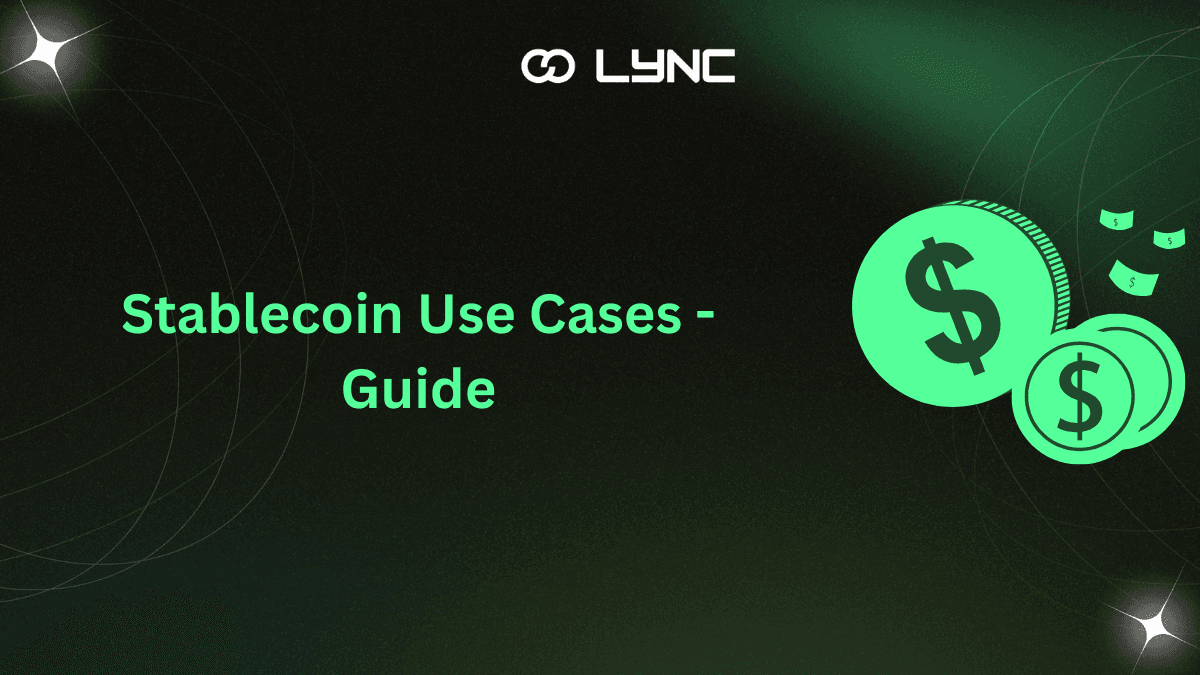
July 23, 2025
Sending money across borders isn’t as simple as it sounds. Your local bank can’t just send funds directly to someone in Korea. It has to go through a chain of other banks, called correspondent banks, to get there. Each bank...
Author
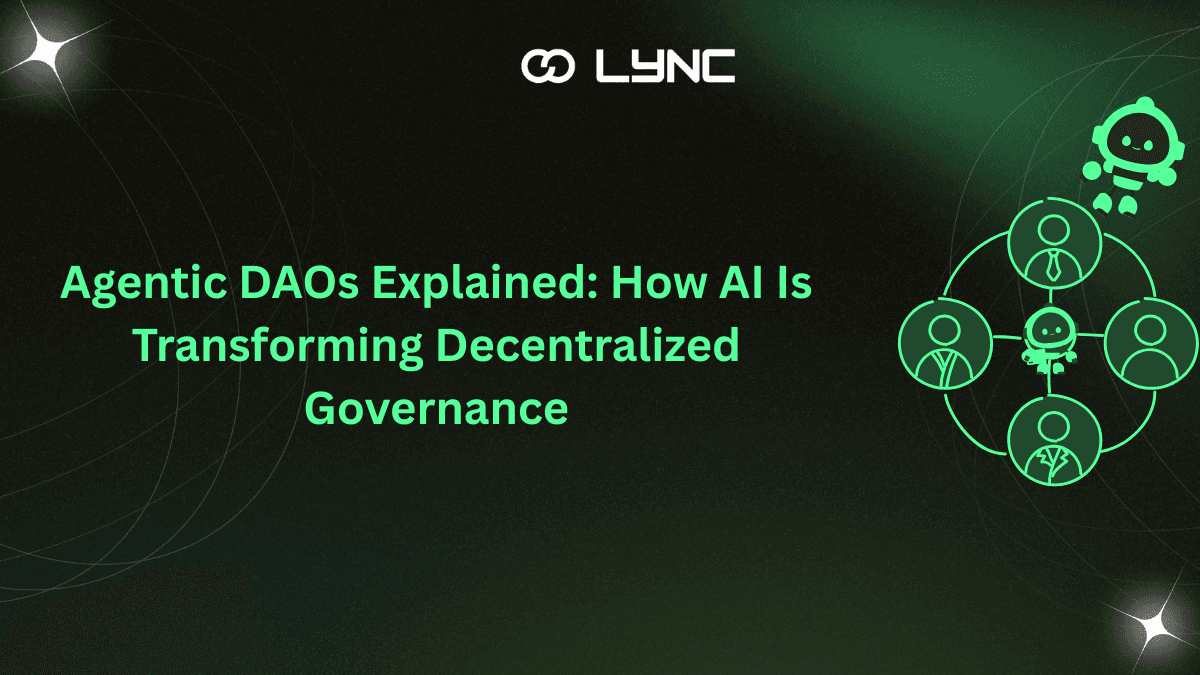
July 22, 2025
Web3 is changing fast, and one of the most fascinating new developments is the rise of Agentic DAOs. These are decentralized organizations where AI agents help run the show. Unlike traditional DAOs, where decisions rely solely on the votes of...
Author
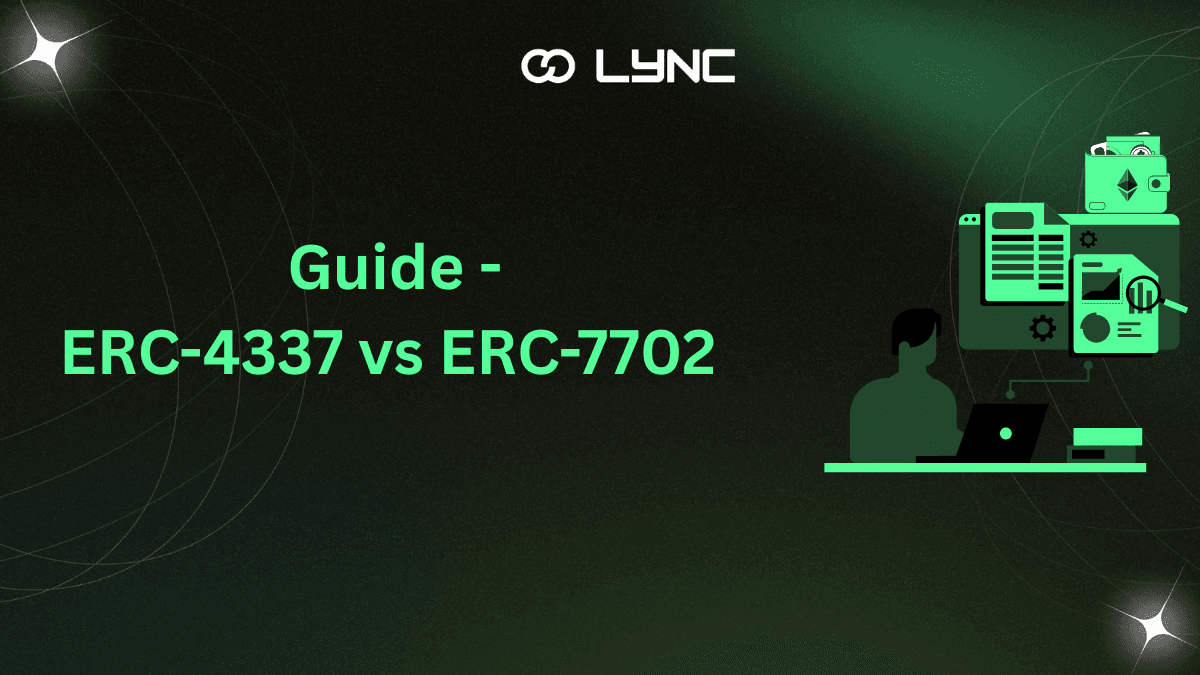
July 21, 2025
Ethereum is evolving fast, and two important updates leading the way are ERC-4337 and ERC-7702. These new standards are changing how wallets work, making them smarter, more secure, and easier to use. ERC-4337 is already live, powering smart wallets with...
Author

July 18, 2025
If you have ever used a crypto wallet before, you might have an idea of how tricky it could be, particularly if you are still not used to the cryptospace. But there’s some good news. There’s a new Ethereum standard...
Author
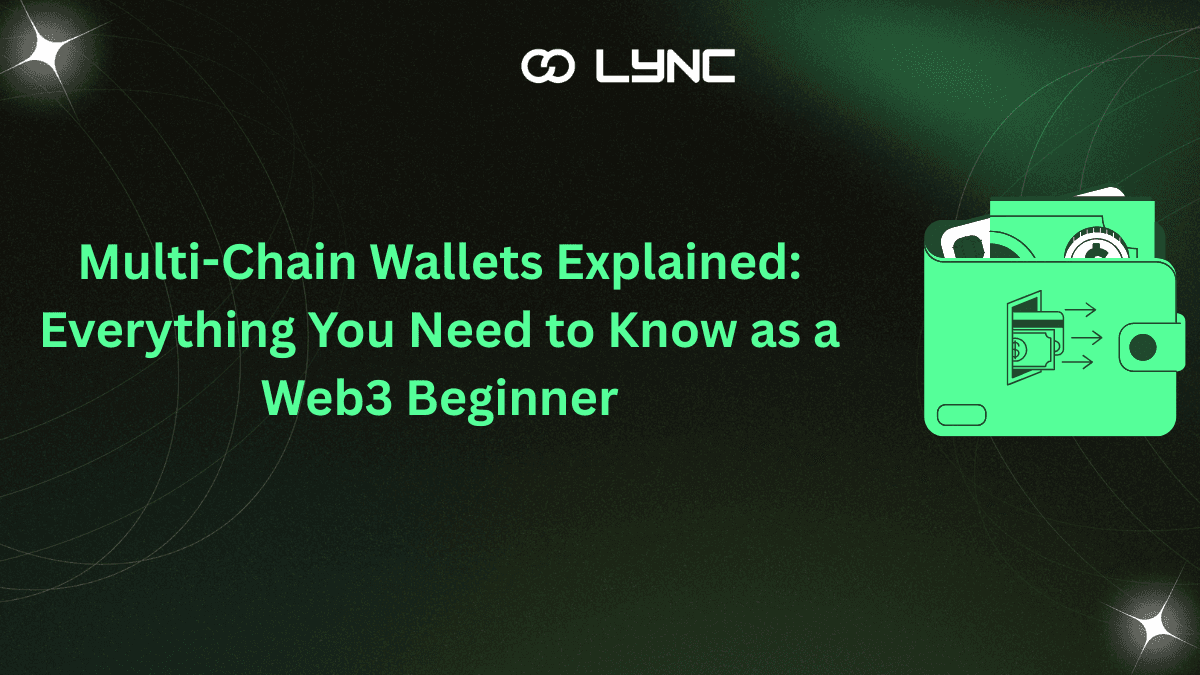
July 17, 2025
If you’re stepping into the world of crypto, there’s a good chance you’ve come across more than just Bitcoin and Ethereum. From Polygon to Solana, Avalanche to zkSync, the blockchain universe is expanding at lightspeed. With it, a simple question...
Author
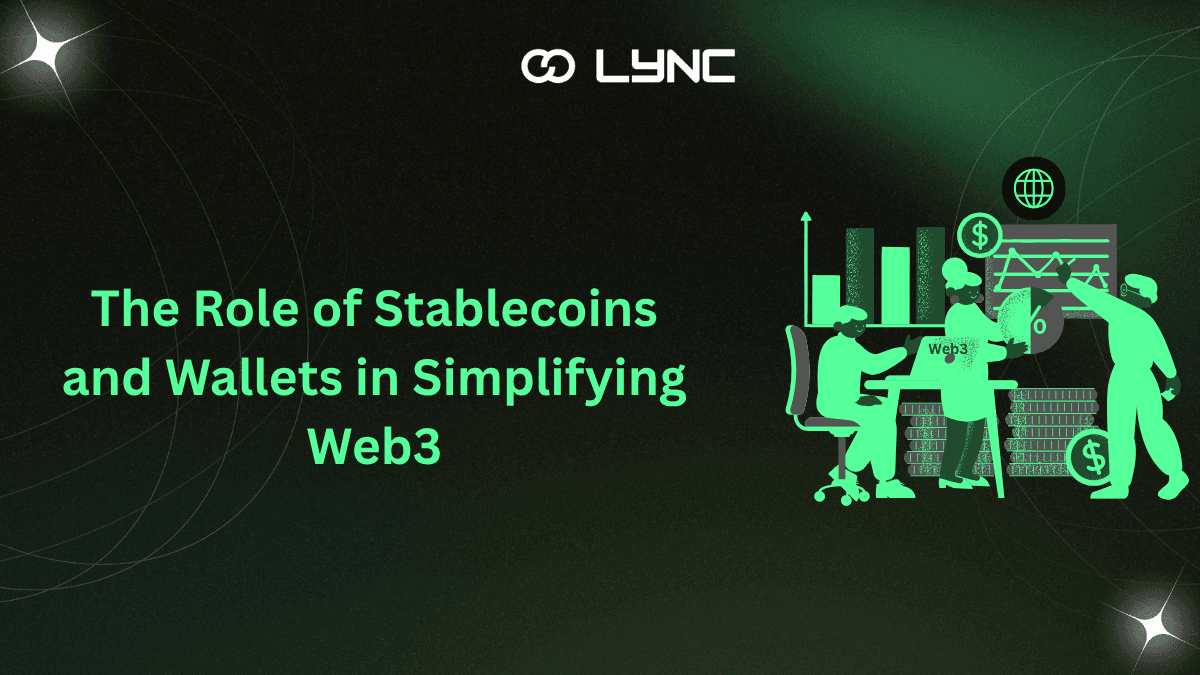
July 16, 2025
Let’s face it: the world of Web3 can feel like stepping into a science fiction novel. Between NFTs, DAOs, Layer 2s, and private keys that vanish if you sneeze too hard, it’s no wonder many people are still standing at...
Author
Unlock special content and connect with others.
Join our community today!




